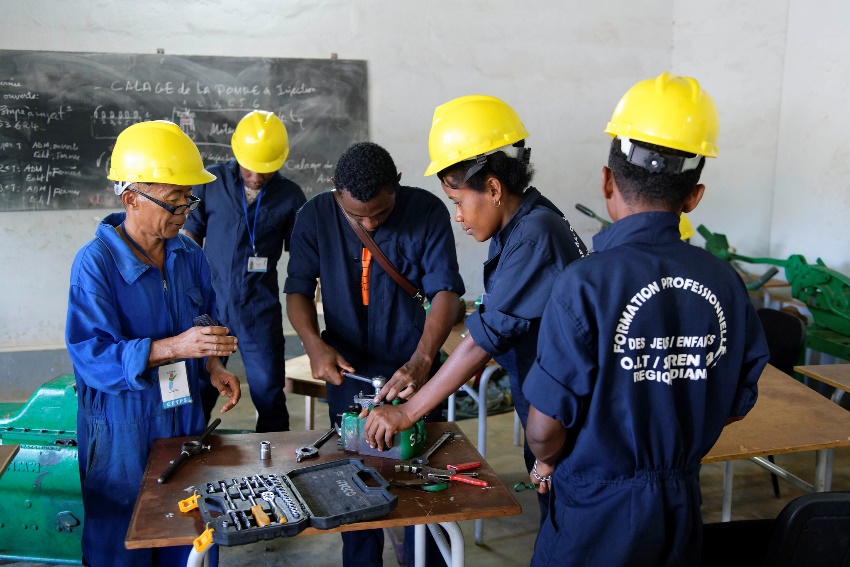The Human Capital Report 2015
English
Experts from many international, regional and national agencies generously share their views, experiences and findings on skills, helping policy-makers among other stakeholders to understand the linkages between education, training and the world of work, and how to integrate skills into national development planning to promote employment and economic growth.

Access to training

Access for all to good quality education, vocational training and workplace learning is a fundamental principle of social cohesion and economic growth. Some groups of people may require targeted attention if they are to benefit from education, training and employment opportunities.
This is particularly the case for disadvantaged youth, lower skilled workers, people with disabilities, and people in rural communities. The attractiveness of vocational education and training is enhanced when combined with entrepreneurship training and when public policies encourage utilization of higher skills by business.
Other topic

Research papers
Working papers, reports, and other publications from international organizations, academic institutions and bilateral agencies. Research findings to stimulate informed debate on skills, employment and productivity issues.

The Human Capital Report provides one such tool: the Human Capital Index. The Index quantifies how countries are developing and deploying their human capital and tracks progress over time. It takes a lifecourse approach to human capital, evaluating the levels of education, skills and employment available to people in five distinct age groups, starting from under 15s to the over 65s. The Index covers 124 countries, representing between them 92% of the world’s people and 98% of its GDP. It measures present performance against an ideal benchmark, and offers insight into how well a country is positioned for deploying talent in the future. In addition to the Index, the Report provides comprehensive information on the talent base in each country, including information on education levels of the employed, unemployed and the inactive members of the population as well as the specific qualifications of the latest entrants to the workforce.